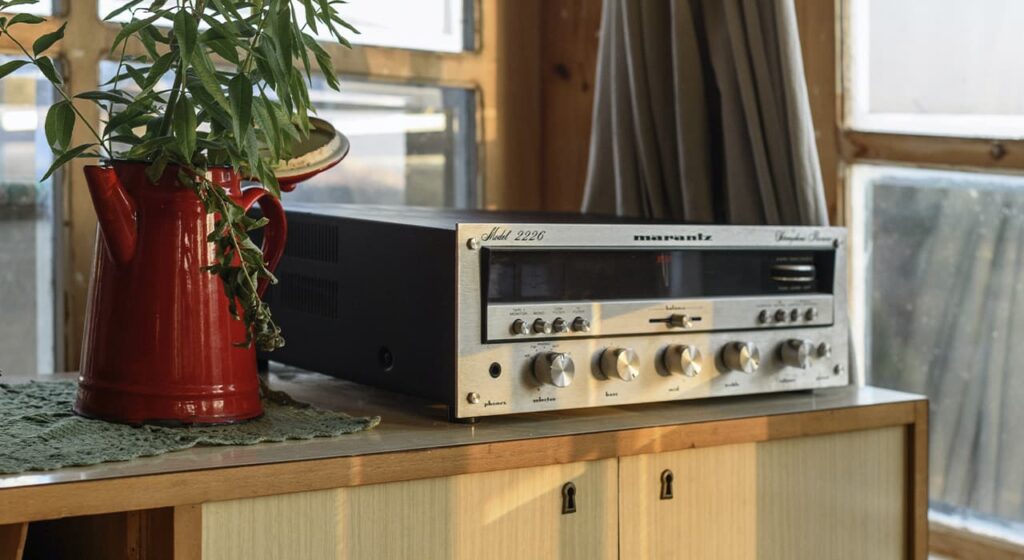Broadcasting itself on the radio air is carried out with special radio transmitters of different power.
Radio transmitters transmit information at a certain frequency of electromagnetic radiation. Such a radio transmitter and its accompanying equipment (power and communication channels, antennas, towers or masts, studios) are called a radio station.
Frequency itself is a fundamental factor in any such radio station. Originally, in the era of radio (early decades), wavelength was used to denote such oscillations. Accordingly, the scales of all radio receivers were graduated in meters. Nowadays, the frequency (kHz, MHz and GHz) is shown here.
Sound in broadcasting is modulated using the carrier frequency of the transmitter.
This is done using the following modulation methods:
Frequency (FM). It is used to carry out high-frequency radio broadcasting in the 66 to 108 MHz frequency range.
Amplitude (AM). It is used in other bands where the wavelengths are longer. This includes medium-wave broadcasting on CB, KV, DV, and DRM digital broadcasting.
On the ultra-short VHF band, letters and numbers can be transmitted in addition to audio data.
Radio communications and broadcasting equipment
A radio communication device is a type of electrical communication. A radio link is made using radio waves.
To make a radio call, you have to install special radio transmitting equipment at the point at which the signal is to be transmitted. This consists of a transmitting antenna and a signal transmitter. And in the place where it is planned to receive this signal, a radio receiver device is installed, also with an antenna and a receiver.
All electromagnetic oscillations generated in the transmitting equipment with a carrier frequency are subject to modulation, relying on the message being transmitted. All these radio frequency oscillations and constitute a radio signal.
In the transmitting antenna, the signal comes from the transmitter. As a result, electromagnetic waves are excited. As the waves propagate, they reach the antennas of the receivers themselves, where they excite electrical vibrations inside.
It is the radio waves that arrive at the radio receiver. But this signal is very weak. That is why the signal is initially amplified in the receiver, and only then is it decoded or demodulated. The signal is then converted by the playback equipment into a message which is completely identical to the original signal.
